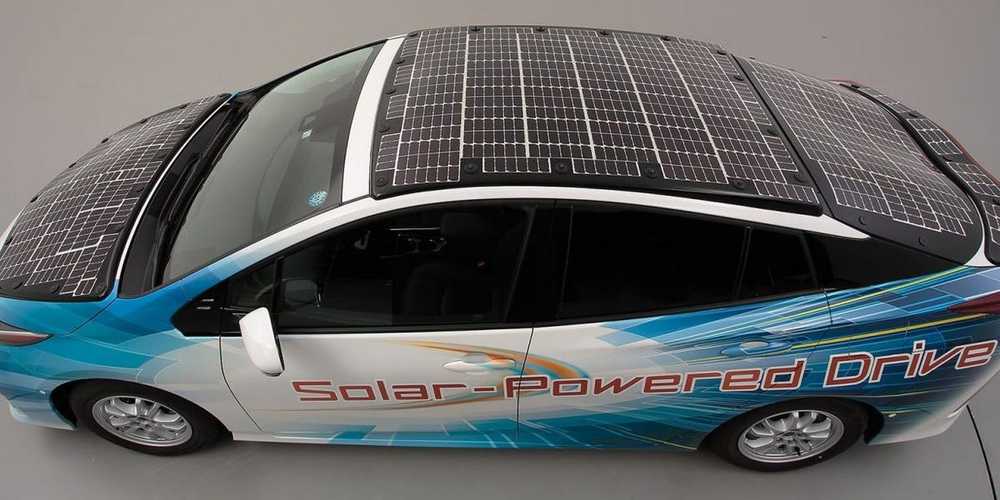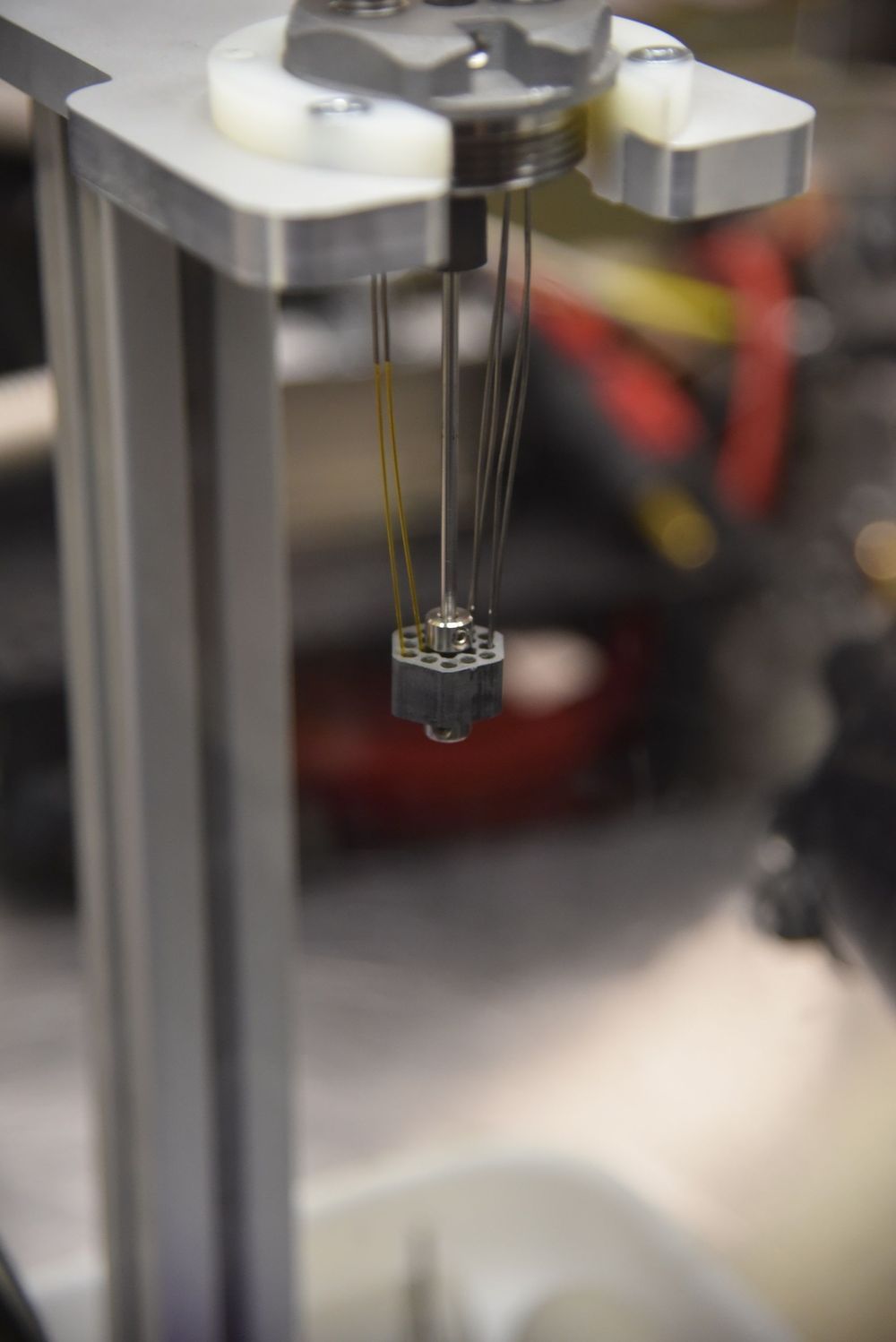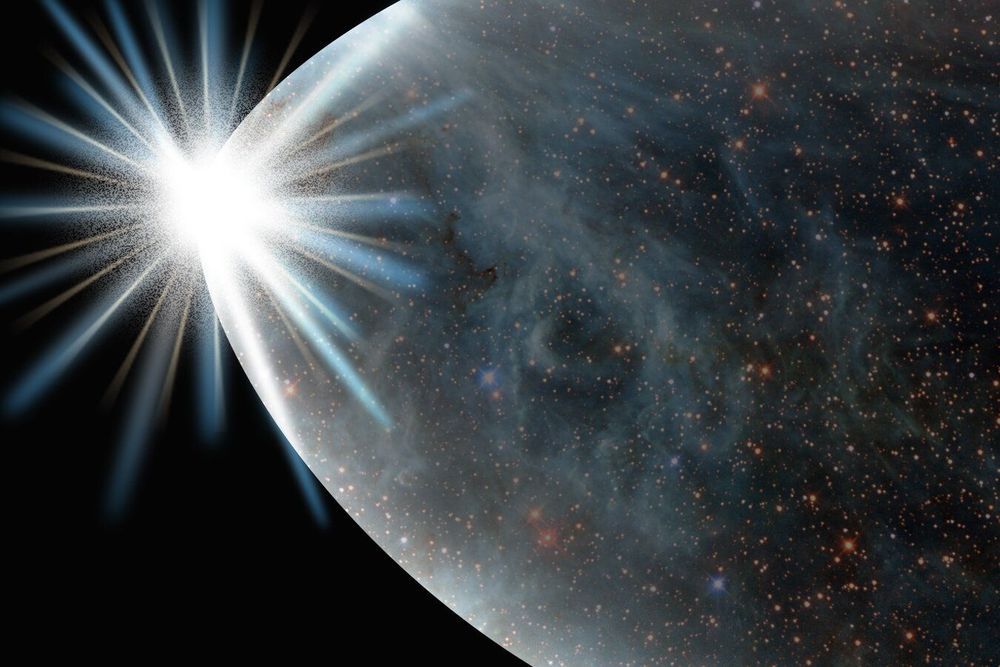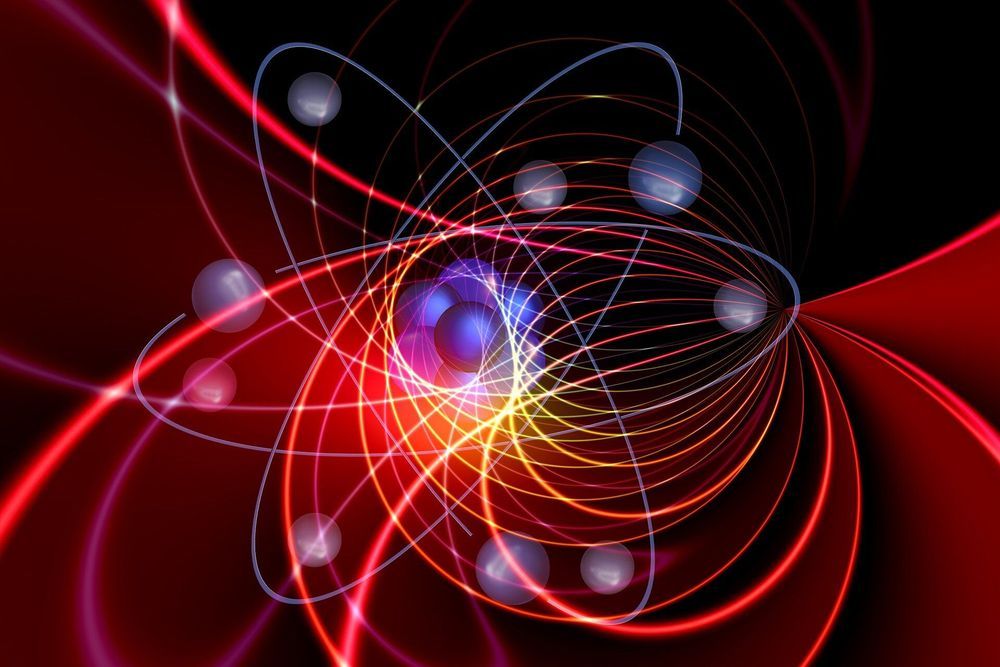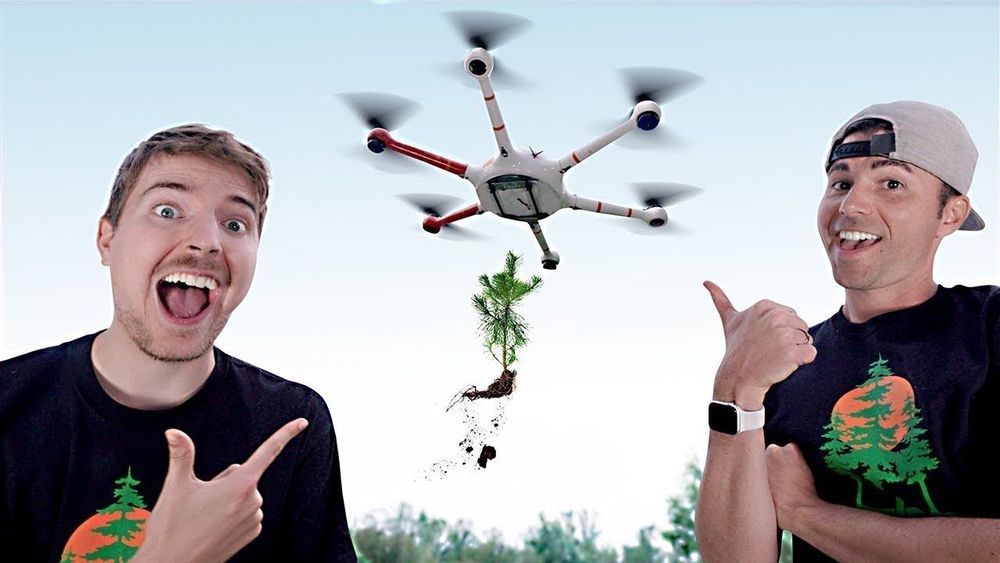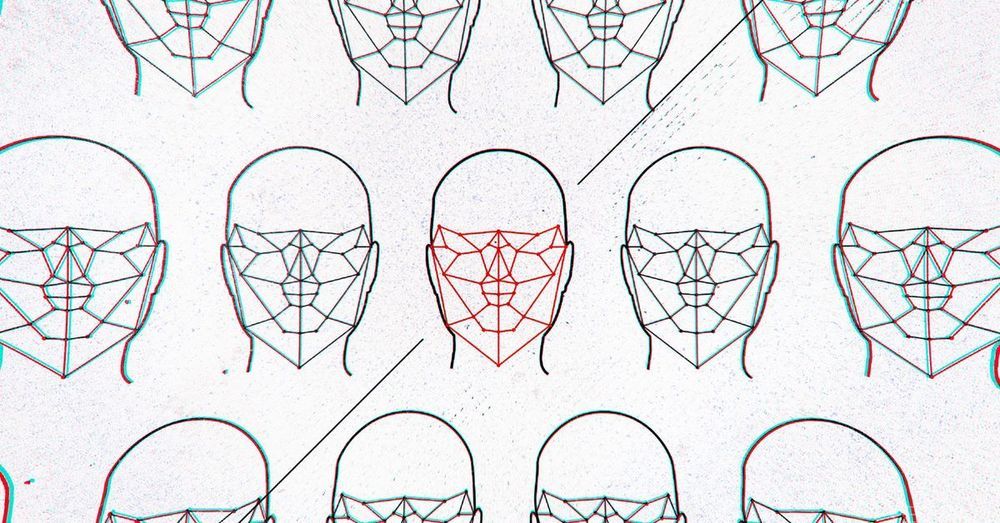TOKYO — Japanese technology giant SoftBank has committed billions of dollars to bailing out office-space sharing startup WeWork in a daring vote of confidence from its intrepid founder Masayoshi Son.
WeWork’s woes are substantial enough that some analysts say they could derail the investment ambitions of SoftBank’s mammoth Vision Fund.
But, as one of the most innovative companies in conservative Japan Inc., SoftBank is no stranger to risk-taking. SoftBank oversees an expanding conglomerate of businesses spanning telecommunications, energy and humanoid robots:

